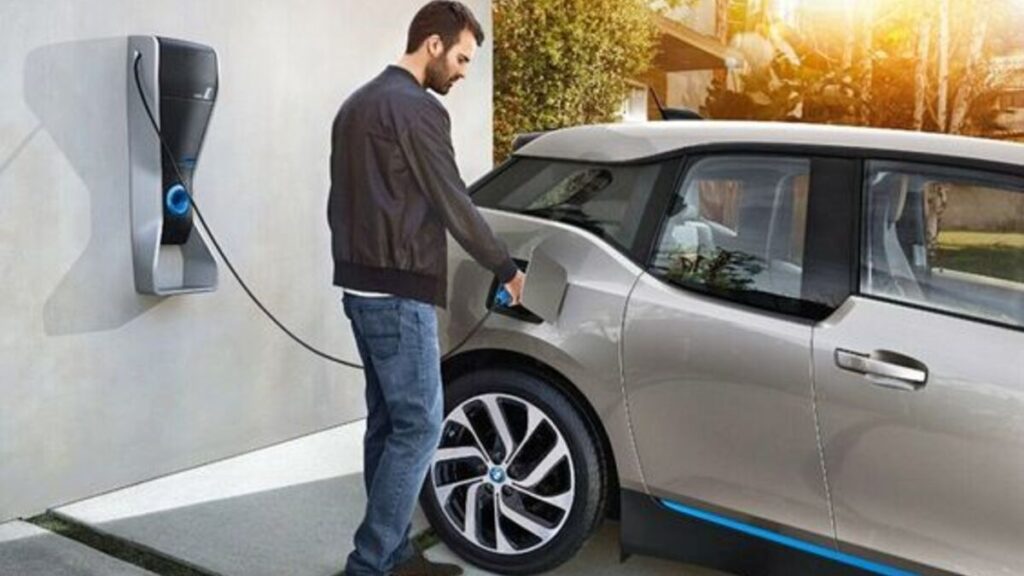California is popularly known as the leading state for green energy in the United States of America. Therefore, its government has been trying to get more drivers to stop favoring gas-powered vehicles and switch to electric vehicles (EVs) to reduce the harmful emissions contributing to climate change and global warming.
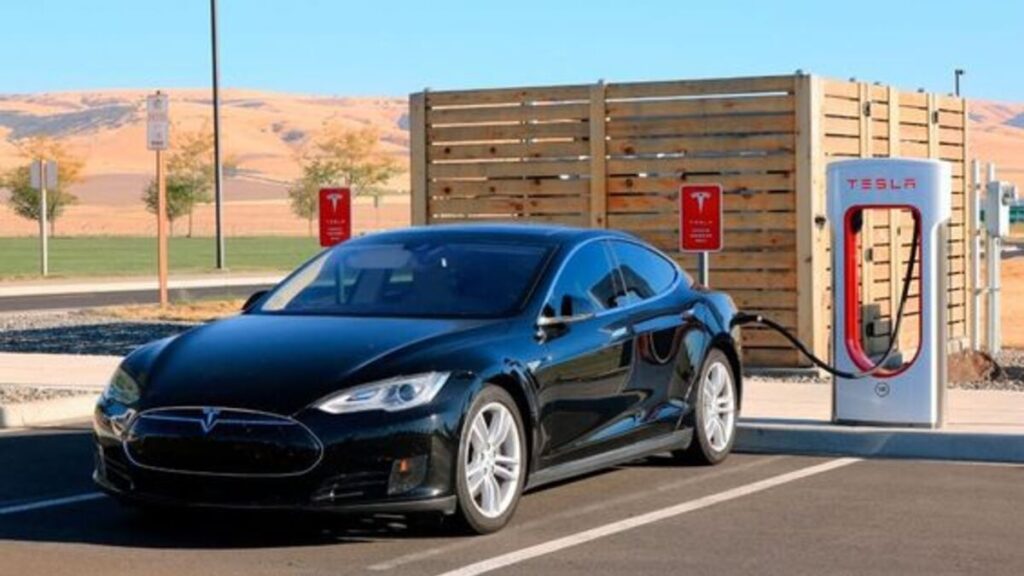
Now, the government has found a new way to tax those using electric vehicles in a way that would also benefit the state.
EVs Are Affecting the State Budget
It is good that more drivers in California are switching to electric vehicles over traditional gas-powered ones. However, the government is starting to feel the impact on the state’s budget. This is because a government tax on gas is not present on EVs.
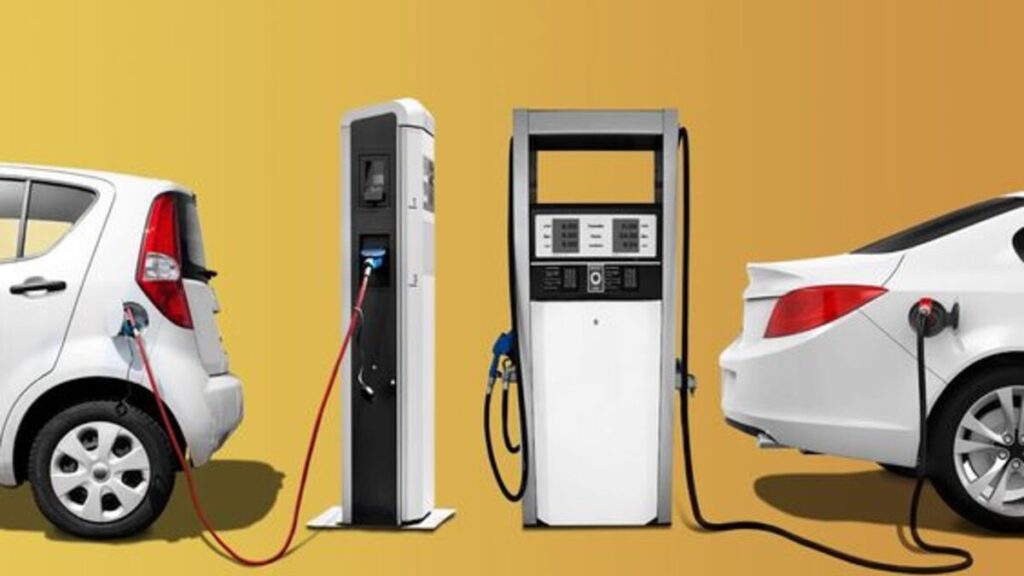
Therefore, the government started losing money as more people opted for EVs. Now, they have a plan that would help keep the environment safe while also collecting some tax on EVs.
The Billion Dollar Deficit
The Golden State’s highways and roads are traditionally maintained by the gas tax paid by its people. Based on the gas the drivers use, the government will get some money back through the gas tax that is paid.
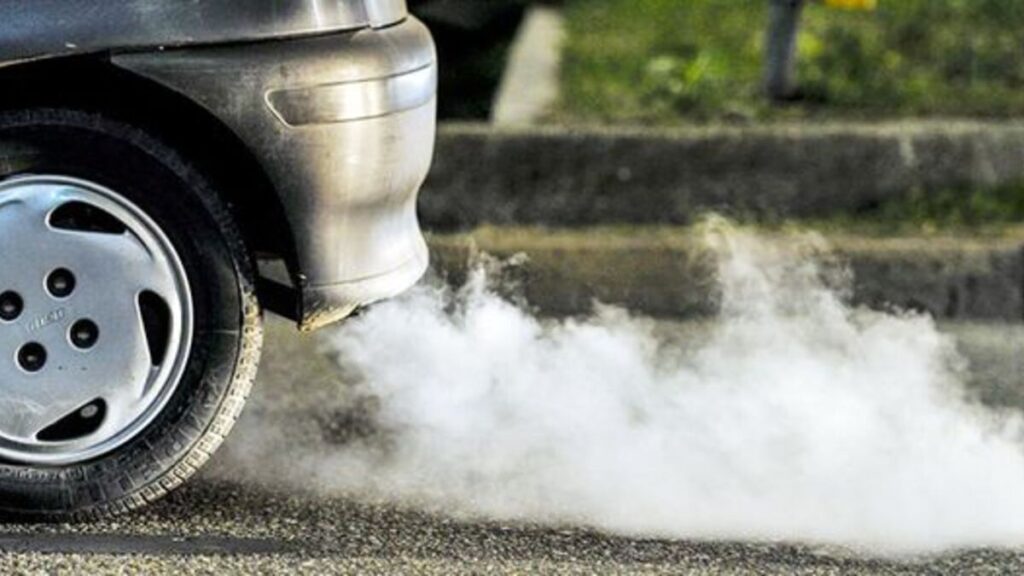
The state has received less gas tax revenue since EVs use electricity instead of traditional gas. According to the California Department of Transportation (Caltrans), the reduction in government income through gas taxes will cause a $4.4 billion deficit in the next ten years.
Funding Issues
According to a spokesperson for Caltrans, the average state gas tax paid by its drivers every year is $300. However, those with EVs only pay $100 a year for their annual registration fee. Therefore, there is a $200 loss compared to those using gas vehicles.

This has caused a loss of $200 million per year, and the government is not happy about it. Therefore, they had to devise a solution for this budding problem.
A New Idea
California is launching a new program that would tax drivers differently to eliminate the financial differences and reduce the state’s revenue loss. This new plan seeks to tax drivers based on the distance they travel (mileage) to compensate for the discrepancies.
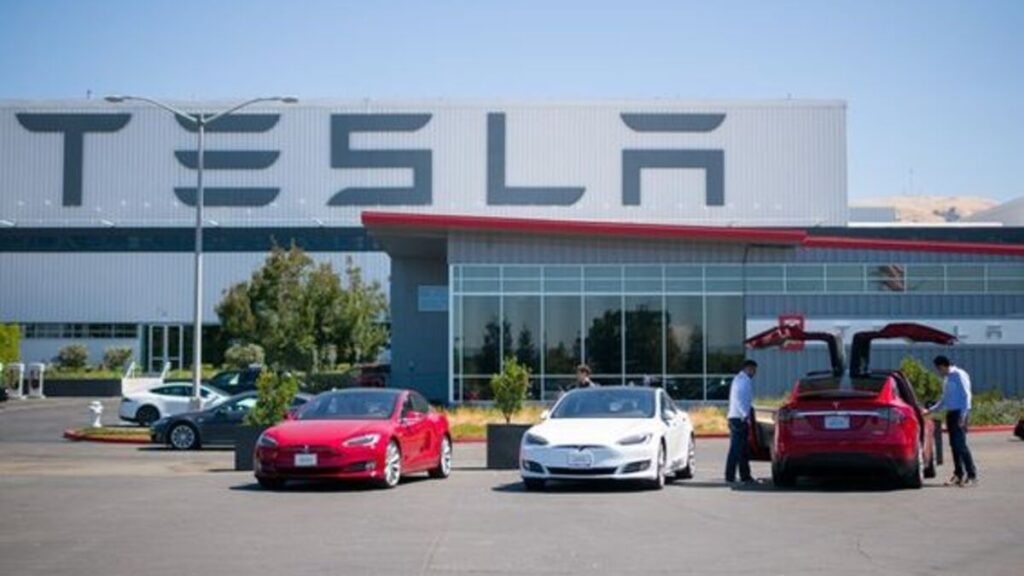
The rate per mile is currently set at approximately 3 cents per mile. This way, all drivers will be taxed equally, and there will be enough funding for road projects and infrastructure.
The Program Gives Incentives
This pilot program is relatively new and has not been tested yet. Therefore, California is looking for $800 volunteering drivers to participate in its testing. The state also offers an incentive of up to $400 to those who participate in the trial.

They would get $100 for the initial and concluding bonuses, and another $200 will be given to participants who complete the trial period and fulfill their mileage tax commitments.
Per-Mile Tracking
The trial will last six months, and the participants can report their mileage to the state in several ways.
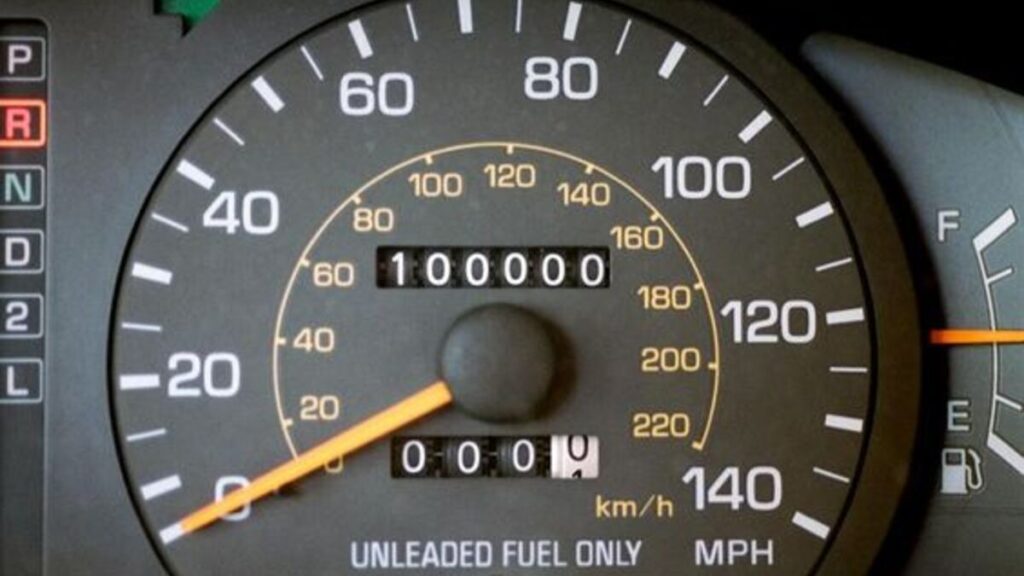
Those who volunteer for the program will have a tracking device installed in their vehicle or use any built-in tracking features that may already be pre-installed in their vehicle. Another way to report their mileage is to submit their odometer readings to the program’s officials manually.
ALSO READ: Here Are the 12 Most Eco-Friendly Cars To Buy in 2024, 5 of Them Are Not Even Electric Vehicles
Some Are Against the Program
While this program seems simple to some, others have heavily criticized it. The mayor of El Cajon, Bill Wells, has frowned upon this initiative since it was announced.
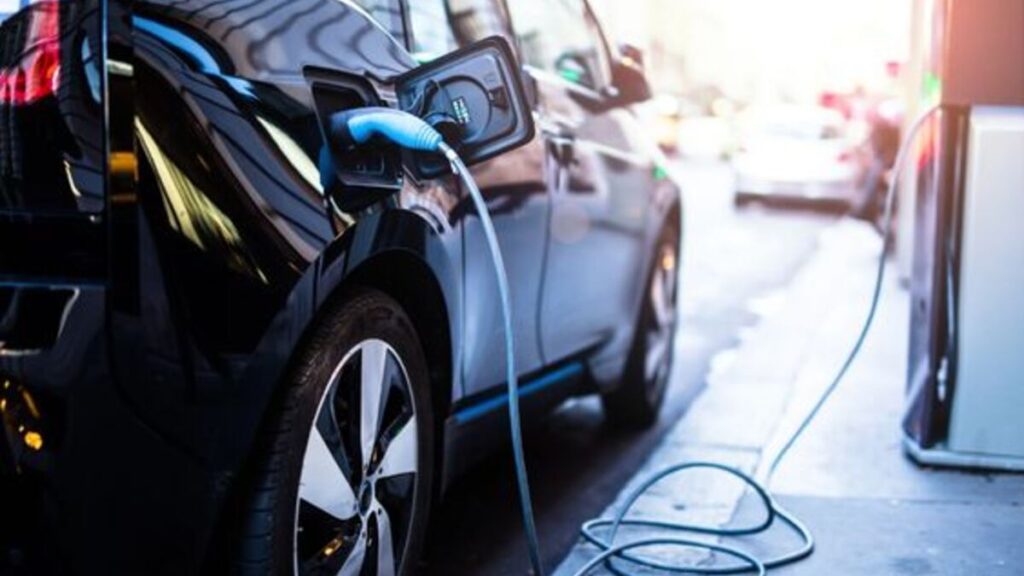
According to him, the people of San Diego have made it clear that they do not want to be “tracked and taxed.” He strongly opposes this idea and has asked the government to investigate other ways of paying taxes that will not invade people’s privacy.
A Growing Trend
Discussions about the new mileage taxing program have also erupted in other states. Many wonder if California is starting a trend that will soon be seen in most states,, and reports have shown that this is possible.

Oregon and Utah have recently followed suit and started to set up their own voluntary mileage tax programs. However, the charges in these states are lower at 1 to 2 cents per mile. Washington and Massachusetts are also considering the program.
Different States, Different Approaches
Electric vehicles have increased across the country, and many states are also trying to find a way to solve the tax deficit. However, not all of them are using the per-mile tax method.
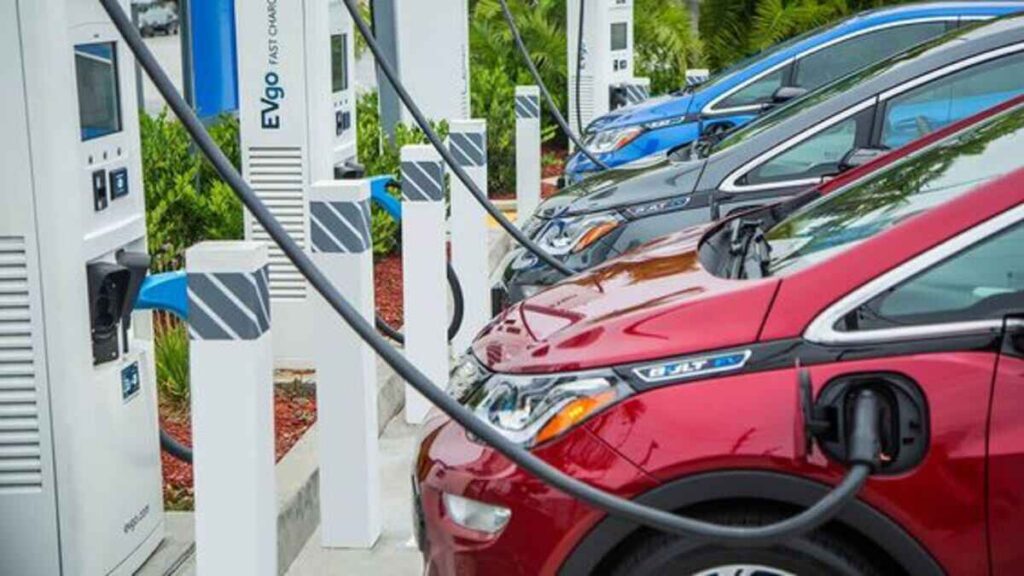
For example, Texas is taking another route by imposing a $200 per-year registration fee on EV owners to make up for the losses in gas tax revenue. Others are also considering taxing the electricity that the EVs use in their public charging stations.
Will the California Model Be Successful?
The California per-mile tax model is still in its trial-and-error phase, but this is a good thing. While EVs are great for the environment, they have a negative impact on state revenue. Therefore, it is important that the Californian government is doing something to try to make up for the loss.

If successful, California and many other states across the country can adopt the model permanently. It could also inspire other states to take significant action on the tax problem.
A Leading Force in Green Energy
The Golden State is popular for its commitment to fighting climate change and global warming. Therefore, California leads other U.S. states in many green energy projects and has continued to do so for years.
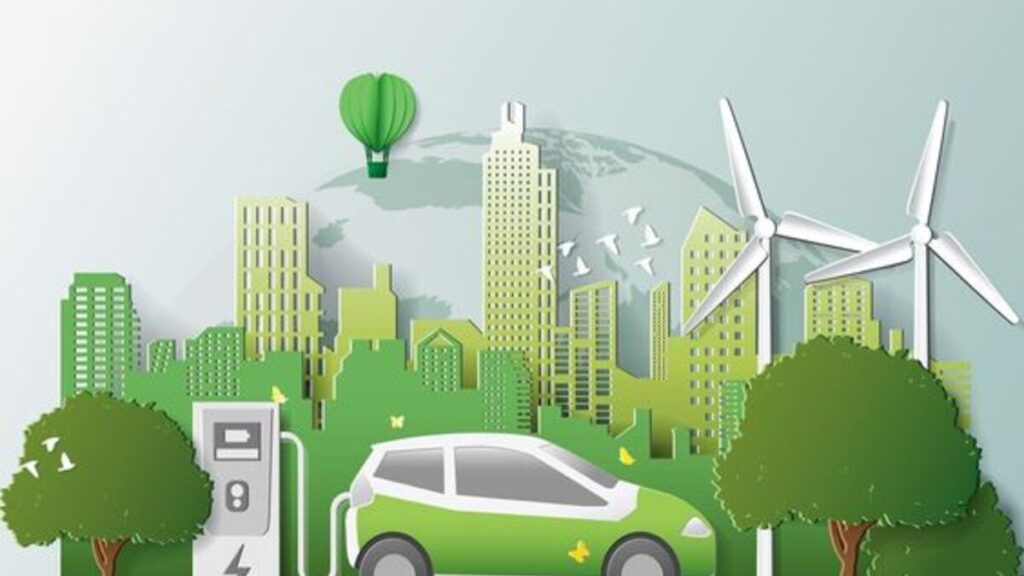
The state is committed to forging a greener and more sustainable future and has many initiatives in place to help. One of its many initiatives was announced earlier this year: the state hopes to ban the sale of gas-powered vehicles by 2035.
A Change in the State’s Highways
The state is also leading the way in the adoption of electric vehicles. In 2023 alone, over 400,000 new EVs were purchased by Californians, which has caused the makeup of the Golden State’s highways to change considerably.
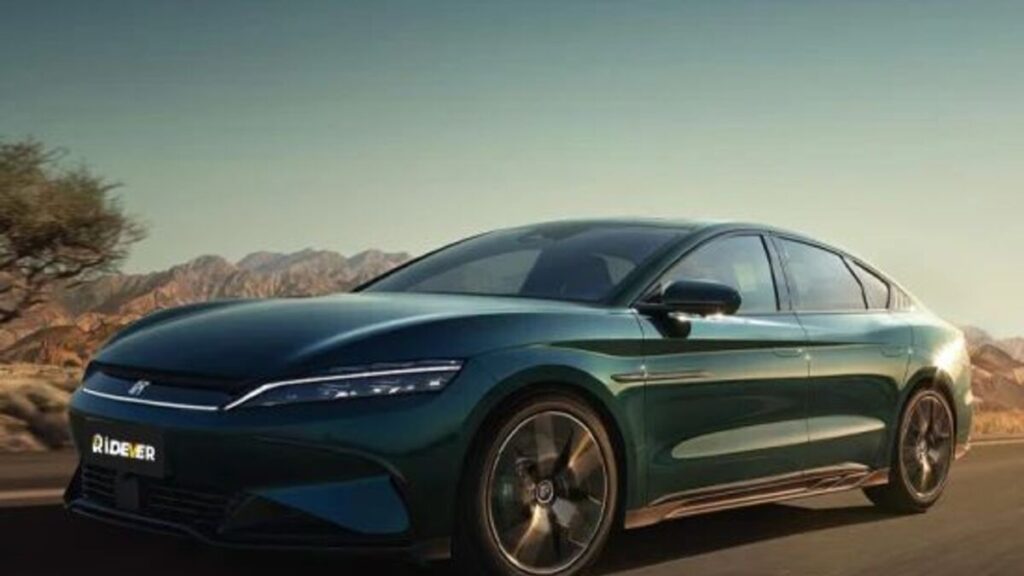
Therefore, the per-mile program aims to provide valuable insight into the probability of making it permanent and its impact on its residents. Do you think the state’s program will be successful, or do you agree that officials should find another alternative?
You Might Also Like:
Maximize Your Retirement Savings with the “Bucket Strategy” to Reduce Taxes
Kevin O’Leary Recommends What To Do With Your Money To End Up With $1.5 Million After Retirement
Expert Highlights Growing Threat as Romance Scams Cost Consumers $1.14 Billion in One Year
Austin Home Realtor Says Homeowners Are ‘Screwed’ as the Real Estate Market Plunges

